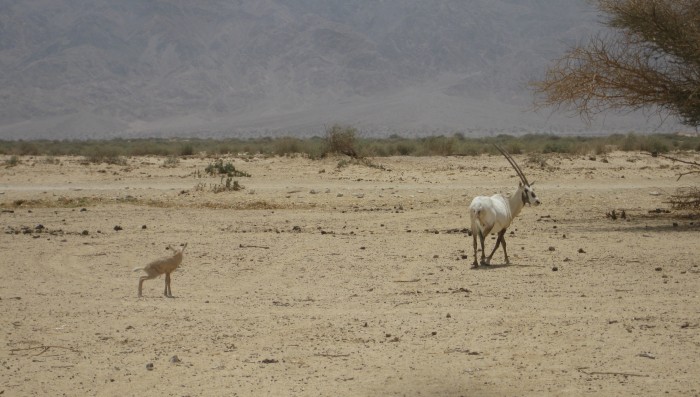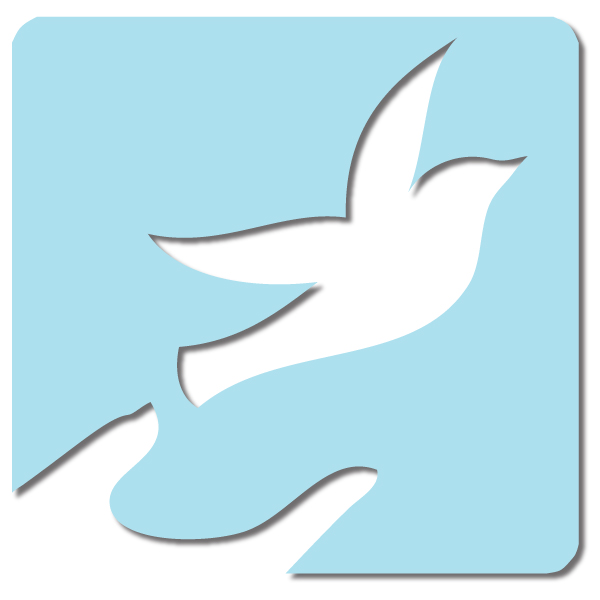Guest Blog Post from Jeff Miller, Center for Biological Diversity Have you ever held an eagle or loon that’s been poisoned by lead? It’s heart-breaking to see these majestic birds wracked by toxins that sicken and often kill. Veterinarians and wildlife rehab centers have been on the front lines for years coping with countless wildlife lead poisoning cases around the country. It’s a needless epidemic: millions of birds are poisoned every year by eating spent lead shot, fragments of lead hunting ammunition or fishing tackle left in the wild. (Lead also endangers the health of people who eat game meat...
This website uses cookies so that we can provide you with the best user experience possible. Cookie information is stored in your browser and performs functions such as recognising you when you return to our website and helping our team to understand which sections of the website you find most interesting and useful.



